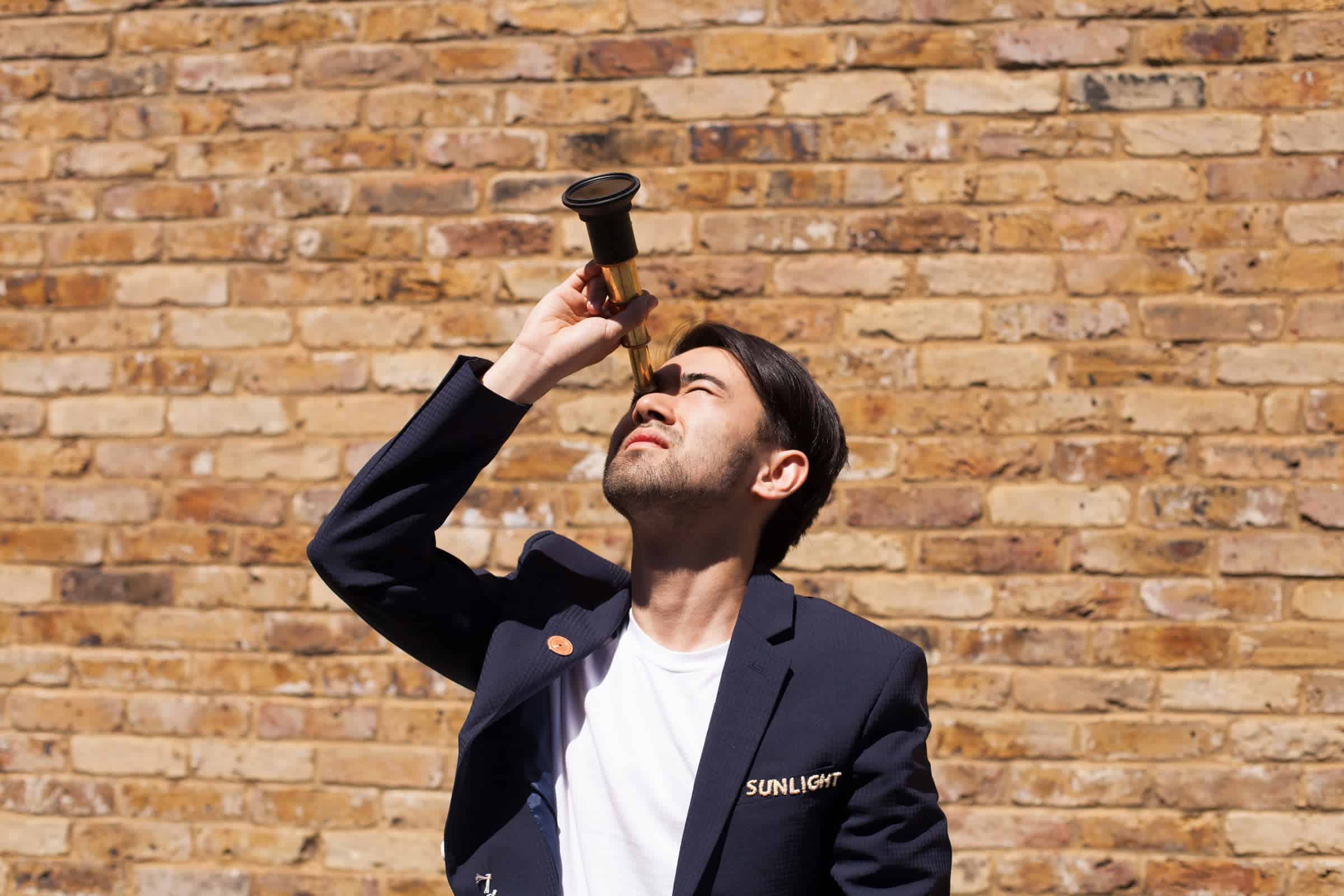Es gibt zwei Arten von Licht - das Glühen, das erhellt, und das Blenden, das verdunkelt.
Ich bin Kotaro Abe, ein japanischer Designer, der in London lebt. Für mein Projekt "We Want More Sunlight" habe ich mich auf eine neunmonatige Reise begeben, um den Wert des Sonnenlichts im modernen Leben zu ermitteln. Vom Leben in der Dunkelheit bis zum Kochen von Eiern mit direkter Sonnenenergie führte ich "Rituale" durch, um die physischen und psychologischen Auswirkungen der Sonne auf den Menschen zu verstehen. Außerdem habe ich unterwegs ein paar Erfindungen gemacht.
Für diese Suche gab es zwei Gründe:
1. Saisonal abhängige Störung
Der Umzug nach London war eine große Umstellung in meinem Leben. Aus dem "Land der aufgehenden Sonne" kommend, war die Menge an Sonnenlicht, die ich in London bekam, einfach nicht genug, um meine geistige Gesundheit zu erhalten. Ich spürte, wie ich immer introvertierter wurde.
Da uns aber "das Gefühl des Durstes lehrt, Wasser zu schätzen", sind die Symptome von Saisonal abhängige Depression (SAD) hat mir zum ersten Mal in meinem Leben die Bedeutung des Sonnenlichts bewusst gemacht. Und ich begann, mich für die Auswirkungen des Sonnenlichts auf meine Kreativität zu interessieren.
2. Interaktionen mit der vom Menschen geschaffenen Natur
In unserem technologischen Zeitalter, in dem ein großer Teil unserer Umwelt durch digitale Phänomene ersetzt wird, ist die Zeit, in der wir dem Sonnenlicht ausgesetzt sind, dank der künstlichen Beleuchtung begrenzt. Diese erstaunlichen Erfindungen haben Helligkeit in die Dunkelheit der Nacht gebracht, was dazu geführt hat, dass wir unseren Tagesrhythmus verloren haben. Die meisten Menschen in städtischen Gebieten können sich die dunkle Nacht gar nicht mehr vorstellen, denn diese künstlichen Erfindungen begleiten uns durch die Stadt. Ich begann mich zu fragen: "Ist das wirklich das Richtige?"
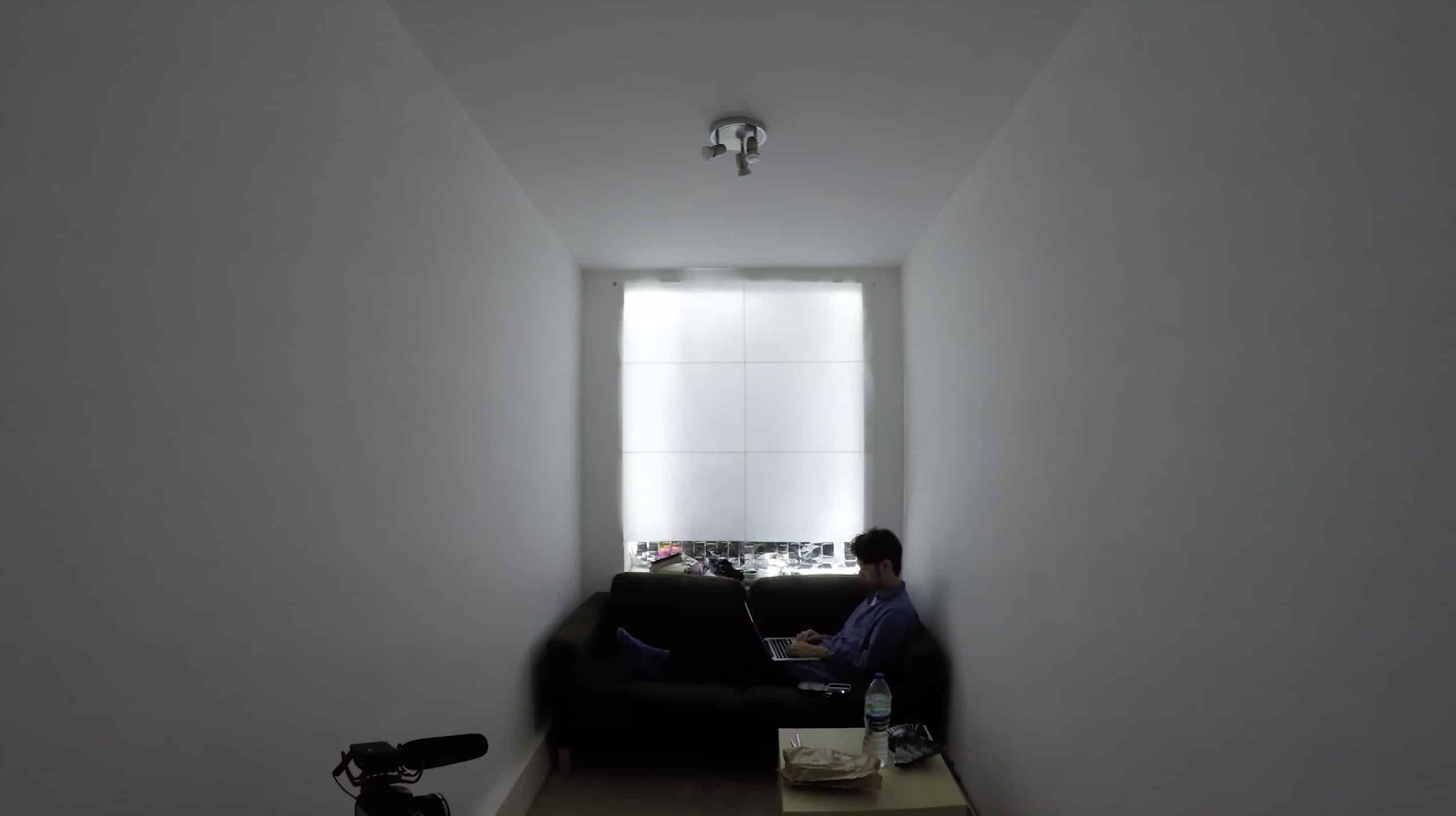
Urlaub vom Sonnenlicht
Mein erster Schritt war, im September 2016 Urlaub vom Sonnenlicht zu machen.
Ich nahm einen völlig dunklen Raum und fügte ein falsches Fenster mit einer LED-Leuchte hinzu. Diese von Menschenhand geschaffene Vorrichtung unterscheidet sich grundlegend vom natürlichen Sonnenlicht. Als die LED aufleuchtete, um den Sonnenaufgang zu imitieren, fehlte es ihr an Frische. Das liegt daran, dass die Lichtwellenlänge von LEDs im Vergleich zum Sonnenlicht begrenzt ist und vor allem die UVB-Wellen fehlen, die Serotonin in unserem Gehirn auslösen.
Nachdem ich zwei Tage in diesem Zimmer gelebt hatte, litt ich zwei Wochen lang unter Schlaflosigkeit.
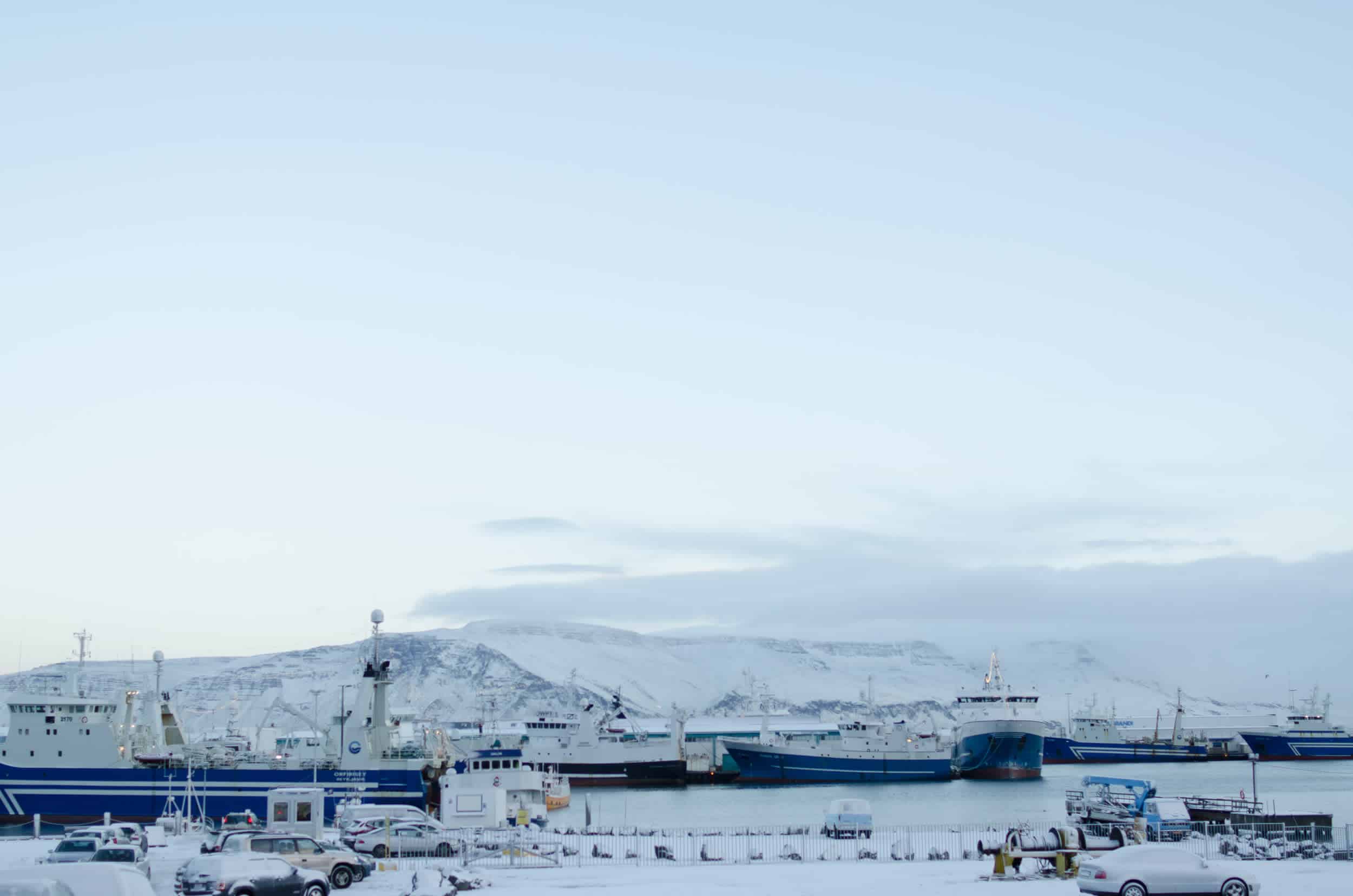
Iss deinen Fisch
Nach dem "Urlaub vom Sonnenlicht"-Experiment habe ich mir Gedanken über die Menschen gemacht, die in extrem lichtarmen Umgebungen leben. Eine einfache Google-Suche ("Welt", "am wenigsten", "Sonnenlicht", "Stadt") ergab die Stadt Reykjavik - also buchte ich einen Flug.
Reykjavik ist die Hauptstadt von Island und hat die wenigsten Sonnenstunden aller Hauptstädte der Welt. Am Tag der Wintersonnenwende hat Reykjavik nur vier Stunden Sonnenlicht über dem Horizont. Da die Sonne im Winter nie hoch genug stehen würde, um die Insel zu beleuchten, sind vier Stunden Tageslicht in Reykjavik seltsam blau. Dieses blaue Sonnenlicht ist für unseren Körper problematisch, da es nicht das UVB enthält, das wir für die Bildung von Vitamin D brauchen. Das ist der Hauptgrund, warum in Ländern mit nördlichen Höhenlagen viele Menschen an SAD leiden. Es gibt aber auch viele Möglichkeiten, den Mangel an Vitamin D auszugleichen, z. B. SAD-Lampen und Vitamin-D-Tabletten.
Während meines Gesprächs mit Professorin Aðalheiður Guðmundsdóttir von der Fakultät für Isländische und Vergleichende Kulturwissenschaften an der Universität Island wies sie darauf hin, dass die Isländerinnen und Isländer über jahrhundertealte Kenntnisse verfügen, um mit der Härte eines kalten und dunklen Winters für Körper und Geist umzugehen. Was nutzen sie? Literatur und Fisch.
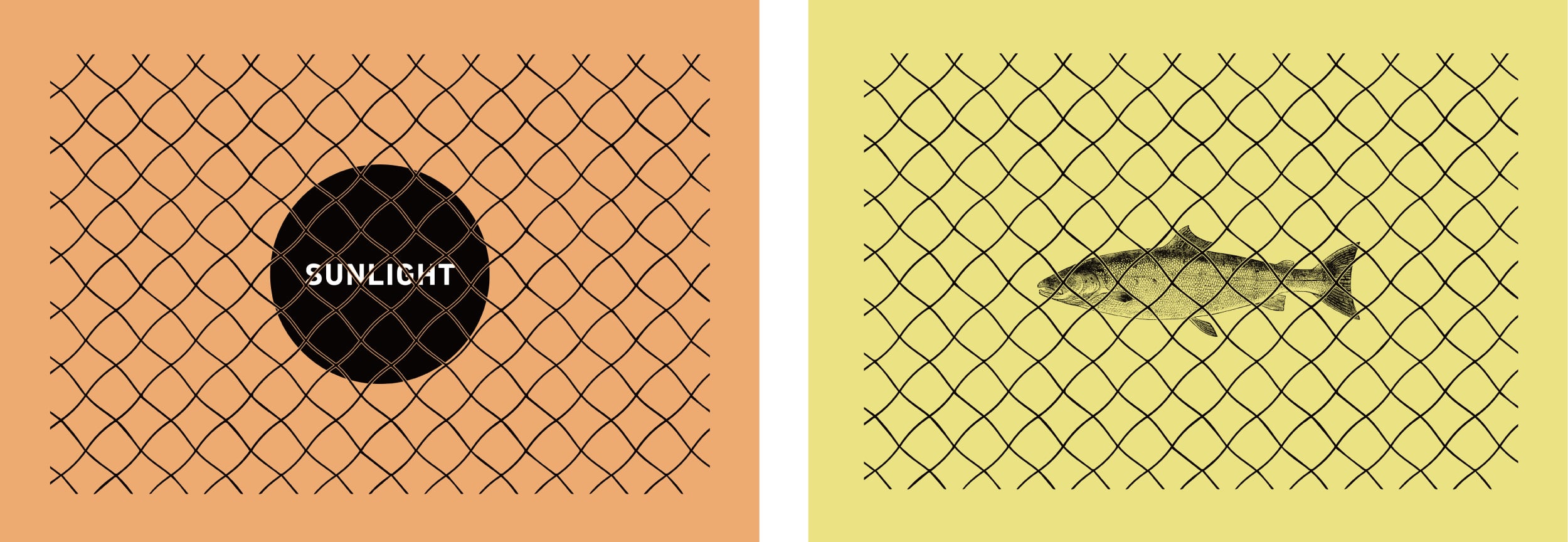
Die bekannteste literarische Tradition des Landes ist die Sagen der Isländer. Guðmundsdóttir sagt, wenn die Menschen gezwungen sind, im Haus zu bleiben, schaffen diese Geschichten eine andere Welt, die die Gemeinschaften mit der Realität in Einklang bringt.
Und dann ist da noch der Fisch. Die isländische Fischindustrie produziert 2,1% des weltweiten Fischbestands und liegt damit weltweit auf Platz 12. Sie ist der zweitgrößte Industriezweig des Landes und beschäftigt 4% der Gesamtbevölkerung. Fisch ist aber nicht nur wirtschaftlich sinnvoll. Er ist auch wichtig für die Versorgung mit Vitamin D, das sie nicht von der Sonne bekommen. Aus Fisch gewonnene Öle, "Lysi" genannt, sind viel natürlicher als die Einnahme synthetischer Tabletten. Für die Menschen in Island bedeutet mehr Fisch zu fangen, mehr Sonnenlicht zu bekommen.
Inspiriert von der Beziehung zwischen ihrer Industrie und der Sonne, beschloss ich, einen Prototyp zu entwerfen, um am Tag der Wintersonnenwende in Island mehr Sonnenlicht einzufangen. Mit Hilfe von Designstudenten vor Ort habe ich Suncatcher-Objekte hergestellt.

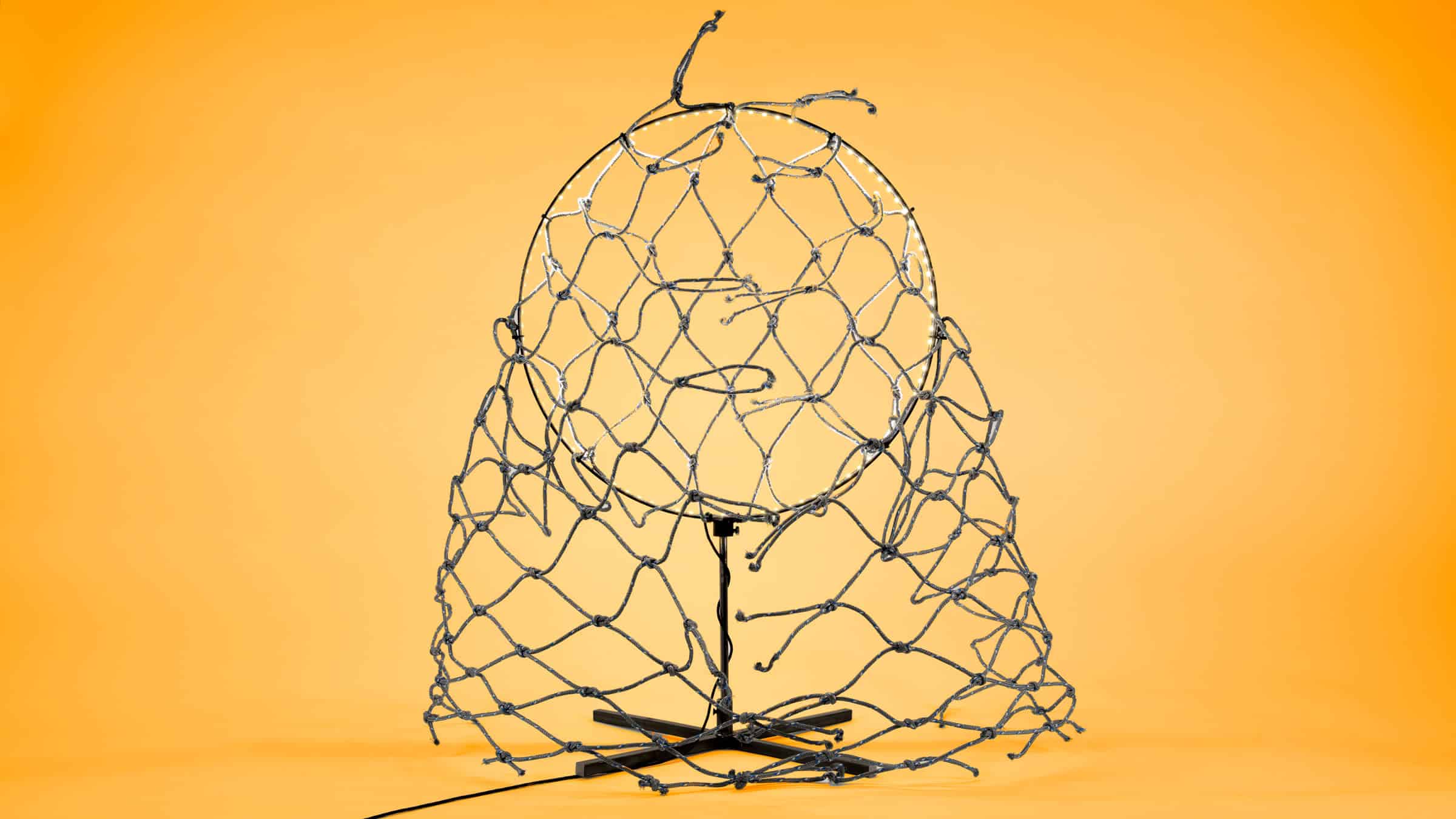
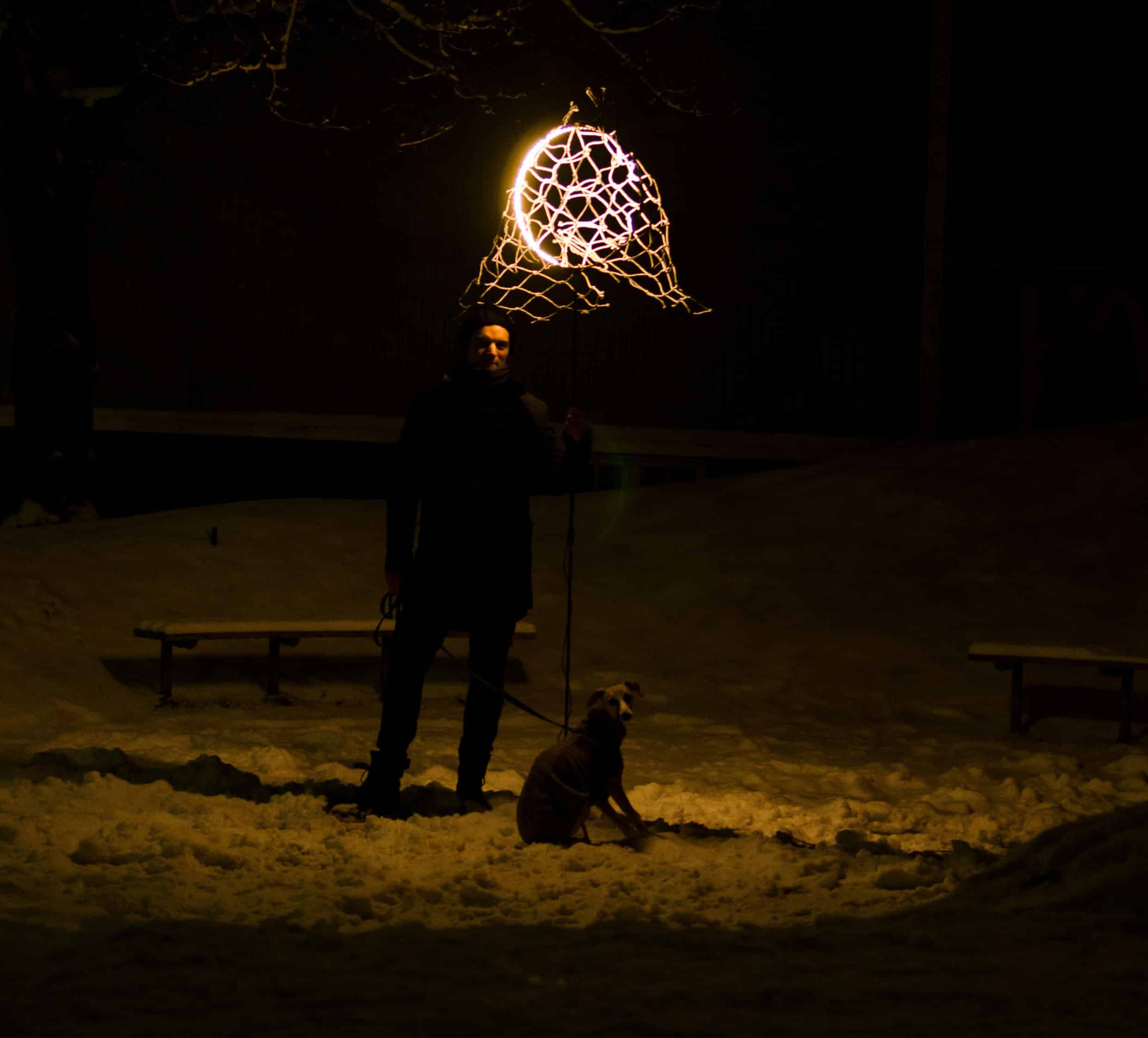
Die Sonne ist da, aber als unsichtbare Lichtquelle, in einer Art beharrlicher Finsternis... Man darf sie nicht ansehen, sonst wird man blind und stirbt. Jenseits dessen, was ist, deutet sie auf das Gute hin, von dem die sinnliche Sonne abstammt: Quelle des Lebens und der Sichtbarkeit, Samen und Licht.
Auf der Sonnenseite
Als ich zurück nach London kam, war es Februar und die Tage wurden länger. Da beschloss ich, so viel Sonnenlicht wie möglich zu essen, und machte mir ein Spiegelei mit Sonnenlicht.
Der Ursprung eines Objekts ist von Bedeutung - zum Beispiel die olympische Flamme. Obwohl es im Wesentlichen aus denselben Elementen besteht wie das Feuer auf deinem Gasherd, wirkt der Ursprung des Feuers in Olympia, Griechenland, monumental. Ich war der Meinung, dass das Sonnenlicht die mentale Wirkung dieses psychologischen Experiments verstärken würde.
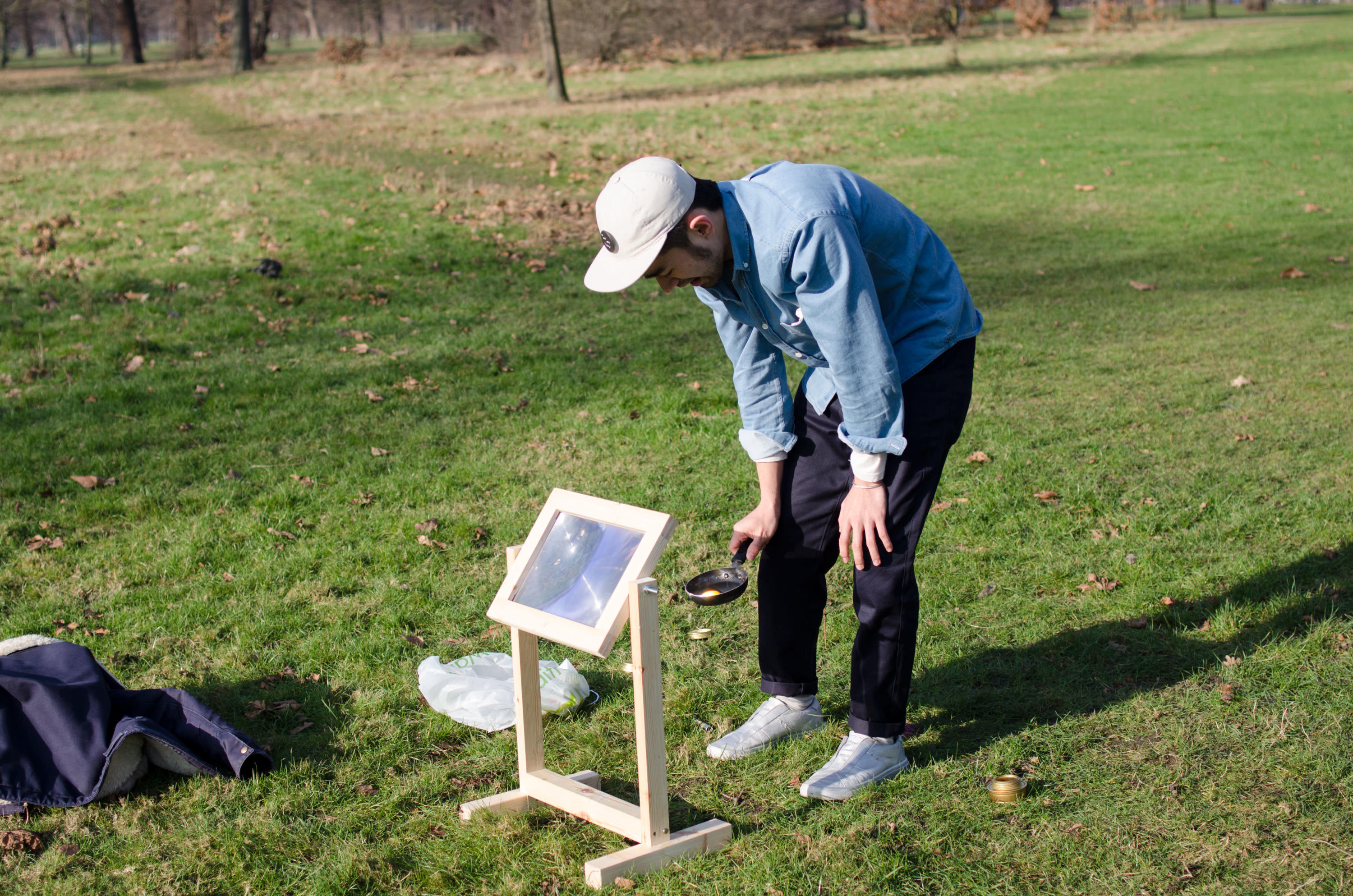
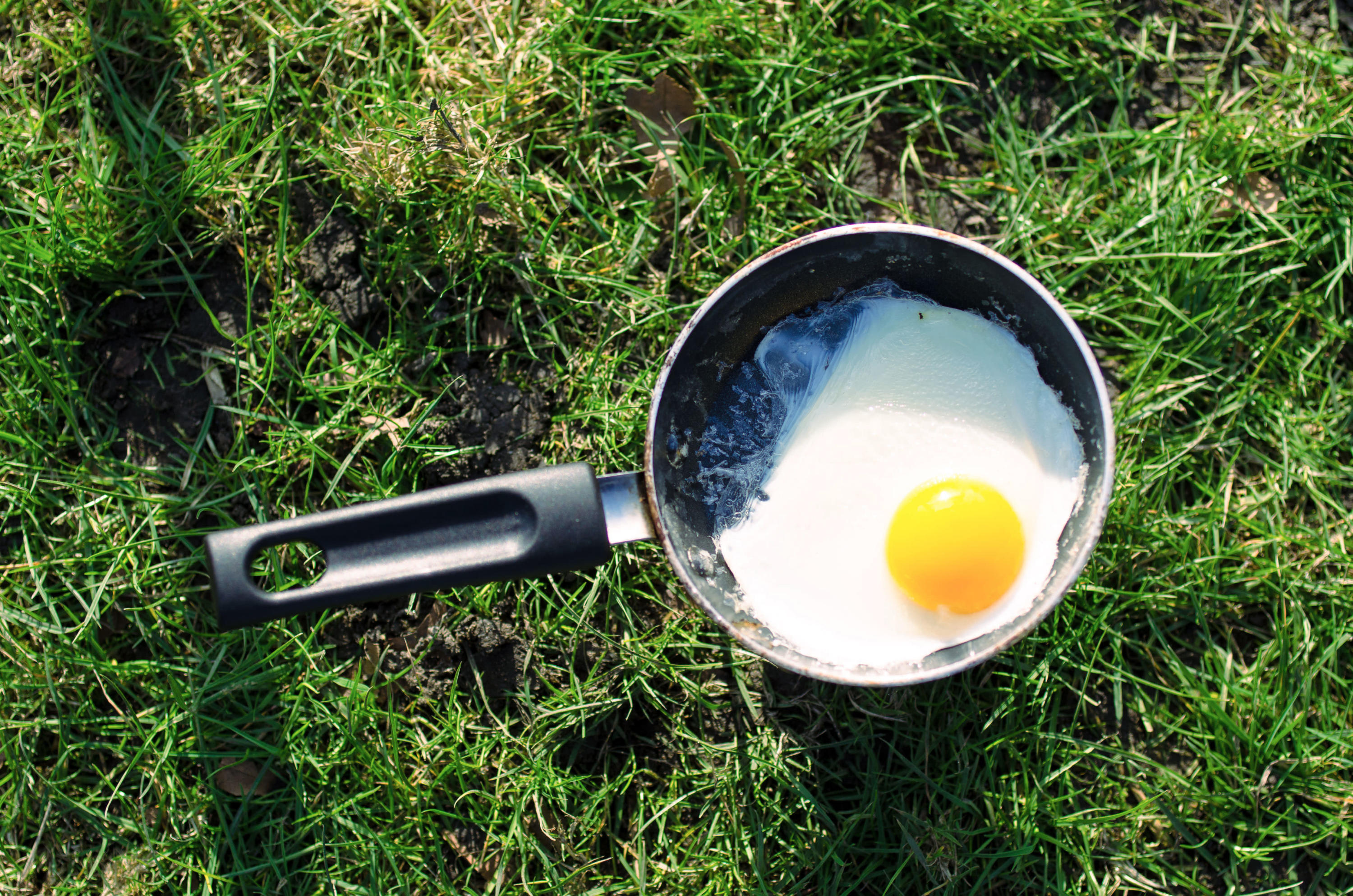
Aber es ist immer noch Februar in London. Das Licht der Sonne war nicht intensiv genug, um ein Ei zu kochen. Mehr als zwei Stunden lang musste ich die gleiche Haltung einnehmen (siehe Bild oben), um das einfallende Licht zu bündeln.
Auch wenn das Ergebnis vielleicht genauso schmeckt wie das zu Hause gekochte, kann ich definitiv sagen, dass das mit direkter Sonnenenergie zubereitete Ei meine Wertschätzung für die Produkte der Sonne - Wärme, Licht oder Essen - verjüngt hat. Das Ritual hat mich erfolgreich mit der Sonne verbunden, aber es war zu komplex, um es ständig zu machen. Zwei Stunden, um morgens ein Ei zu machen, sind einfach nicht realistisch.
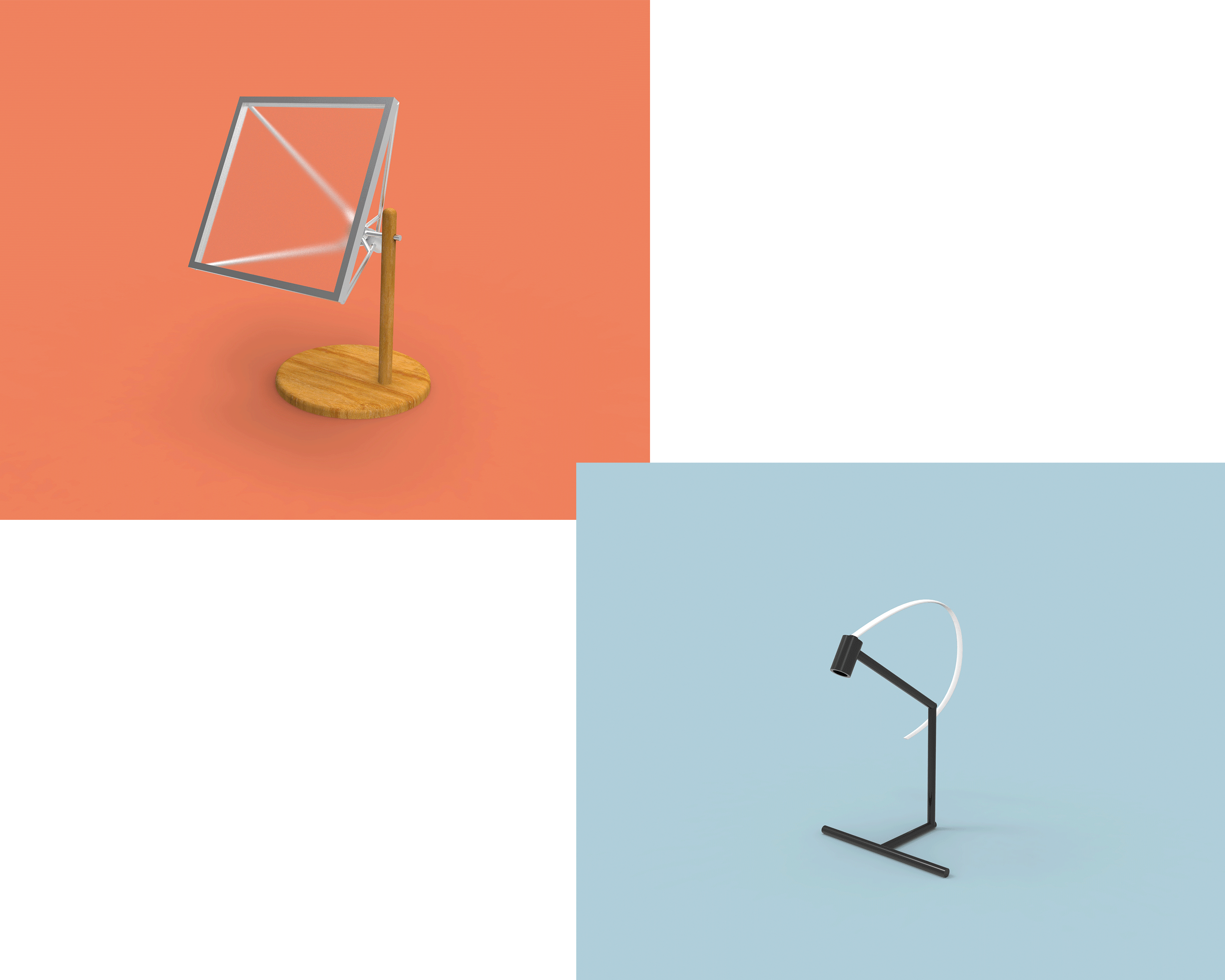
Die Lampe als kritisches Objekt
Es ist nicht so, dass ich sage, dass wir alle in die Vergangenheit zurückkehren und die Sonne wieder anbeten sollen. Aber sieh dich um - die meisten Menschen, die dies lesen, sitzen drinnen und haben eine Art künstliches Licht an. Ich zum Beispiel sitze in einem Café in der Nähe meines Hauses in West London. Es ist 13 Uhr und typisches Londoner Schmuddelwetter.
Trotz des schlechten Wetters bietet mir das Sitzen am Fenster mehr als genug Helligkeit, um Notizen und Skizzen aufzuschreiben. Weiter vom Fenster entfernt gibt es dunkle Räume, die das Sonnenlicht nicht erreicht - für diese Räume nutzen wir künstliches Licht, um unsere Sicht zu erhalten. Diese künstlichen Lichter sollen tagsüber oft das Sonnenlicht ergänzen oder sogar die Funktionen des Sonnenlichts ersetzen.
Für mein nächstes Ritual wollte ich die Auswirkungen eines Lebens untersuchen, das von Sonnenlicht-Ersatz umgeben ist. Wie kommen wir von "Sonnenlicht" zu "Sonnenlicht", anstatt von "Sonnenlicht" zu "Elektrizität" zu "Kunstlicht".
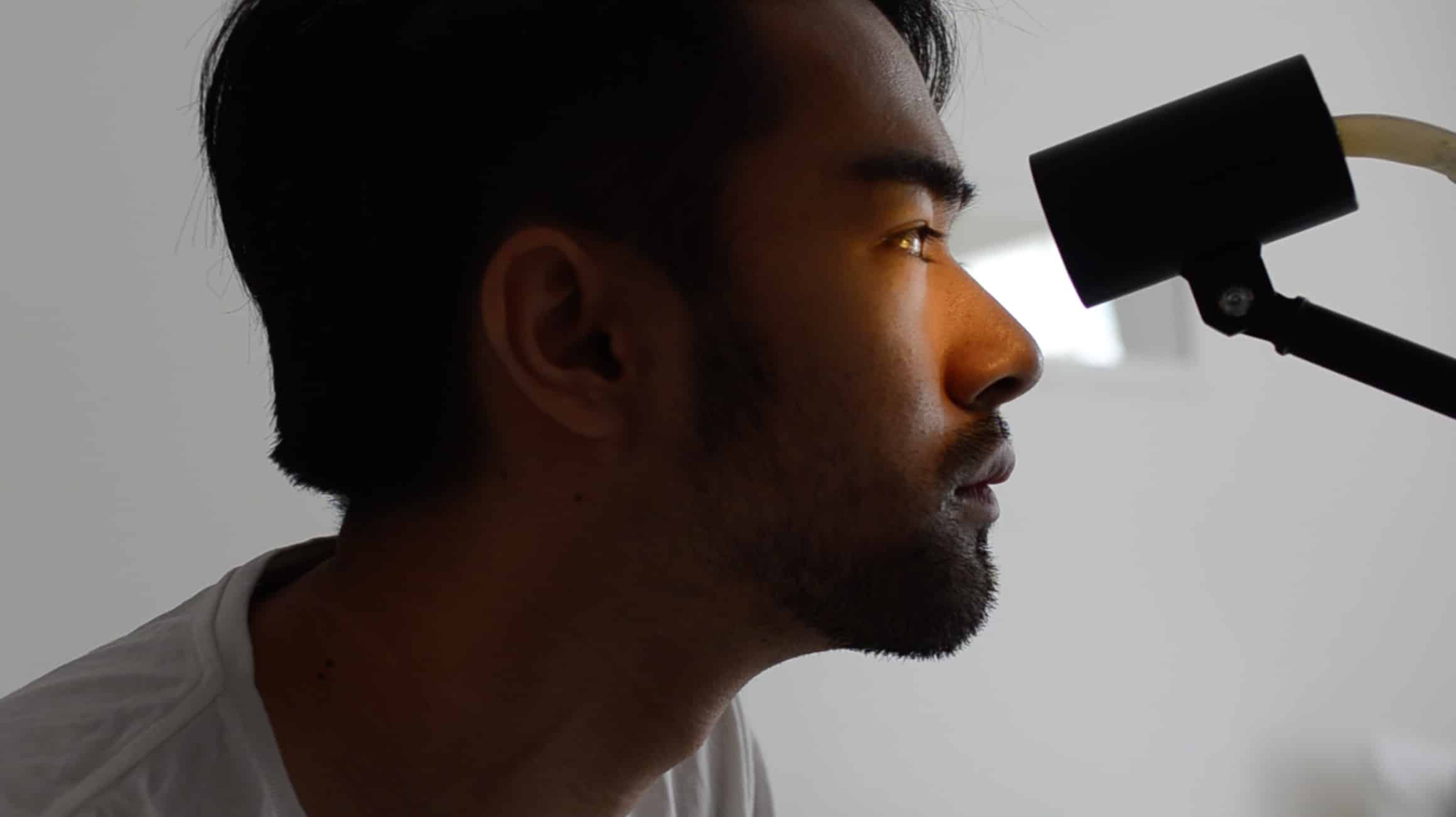
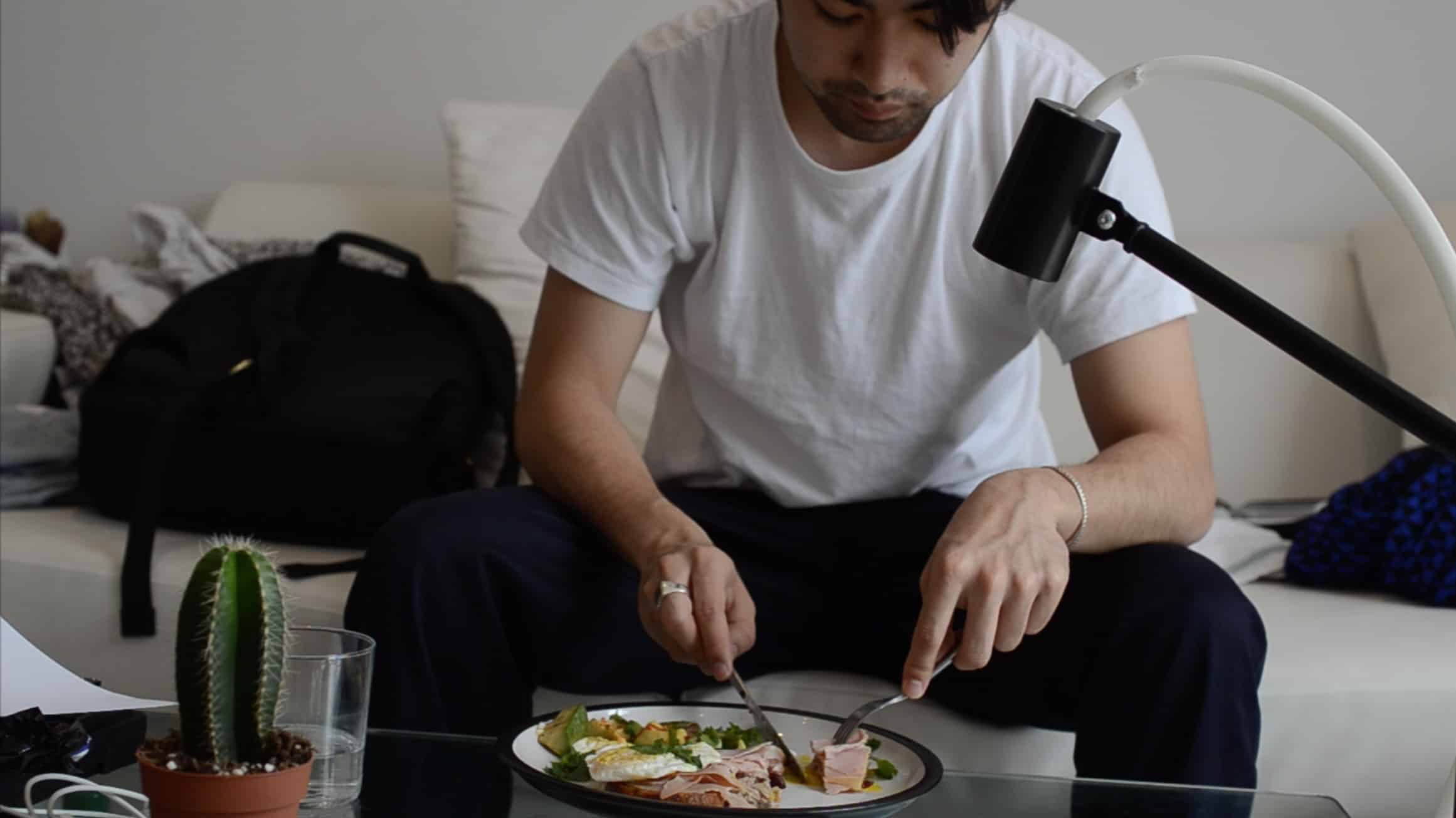
Mein Entwurf ist ziemlich einfach. Das ganze System ist in zwei Teile unterteilt: Empfänger und Lampe. Im Empfänger befindet sich ein Fresnel-Linse die es dem Sonnenlicht ermöglicht, sich an einer Stelle am Rand eines Glasfaserbündels zu sammeln. Die andere Kante des Bündels wird in eine Lampe gesteckt, die du entweder hinlegen oder in der Hand halten kannst.
Ich benutzte die Lampe sowohl als normale Lampe als auch als kritisches Objekt, das mich an die Existenz der Sonne erinnert. Meine subjektive Wahrnehmung des Sonnenlichts wurde verstärkt und es schien positive psychologische Auswirkungen zu haben. Die Helligkeit hängt allein von der Intensität des Sonnenlichts ab, und bei bewölktem Wetter ist das Licht kaum zu erkennen. Im Gegensatz zu herkömmlichen Lampen benötigt sie jedoch keinen Stromkreislauf und keine Batterie, und in Bezug auf die Energieumwandlung kann man mit Sicherheit sagen, dass sie ein grünes Gerät ist.
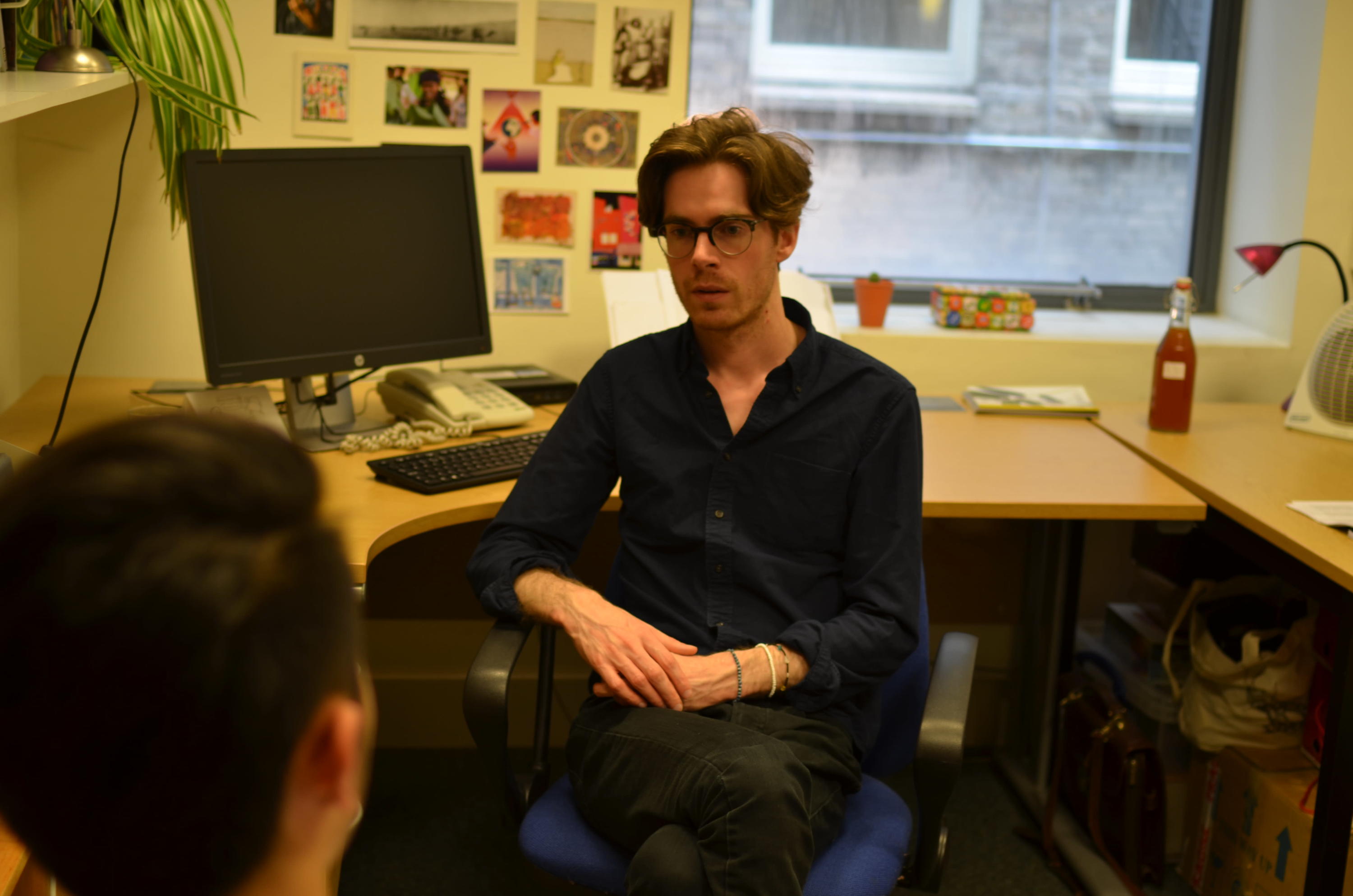
Sonnenlicht schnell zum Fest
Als sich die Tage der Sommersonnenwende näherten, wollte ich mein Streben nach Sonnenlicht mit einem Ritual würdigen, das meine Exposition maximiert. Ich kontaktierte Dr. Lewis Daly, einen Anthropologieforscher am University College London. Ich erzählte ihm, was ich bisher gemacht habe und was ich mit meinem nächsten Ritual vorhabe. Obwohl er verblüfft schien, waren seine Reaktionen auf mein Projekt insgesamt positiv und er begann zu erklären, wie die Menschheit die Sonne seit langem als Gegenstand der Anbetung behandelt. In der Geschichte gab es Sonnenanbetung in vielen verschiedenen Kulturen und eine Gemeinsamkeit ist die Vorstellung, dass "die Sonne der Ursprung von allem ist".
Es ist nicht leicht, sich vorzustellen, wie das Leben auf der Erde ohne die Sonne aussehen würde. Ohne Sonnenlicht gibt es kein Licht und keine Wärme und damit auch keine Photosynthese. Wir können keine Lebensmittel anbauen, die aus unserem Körper bestehen. Und ohne die Sonne gäbe es nicht einmal Bakterien. Auch wenn wir uns dessen nicht bewusst sind, können wir ohne Sonnenlicht nicht leben. Selbst im 21. Jahrhundert sollten wir die klischeehafte Tatsache "Sonnenlicht ist wichtig" nicht übersehen.
Daly wies auf das Beispiel des religiösen Fastens hin - auf die Enthaltsamkeit vom Essen folgt ein Festmahl. Auf meiner hartnäckigen Suche nach dem Sonnenlicht schlug er mir vor, von der extremen Dunkelheit auszugehen, um danach die maximale Belichtung zu erhöhen.
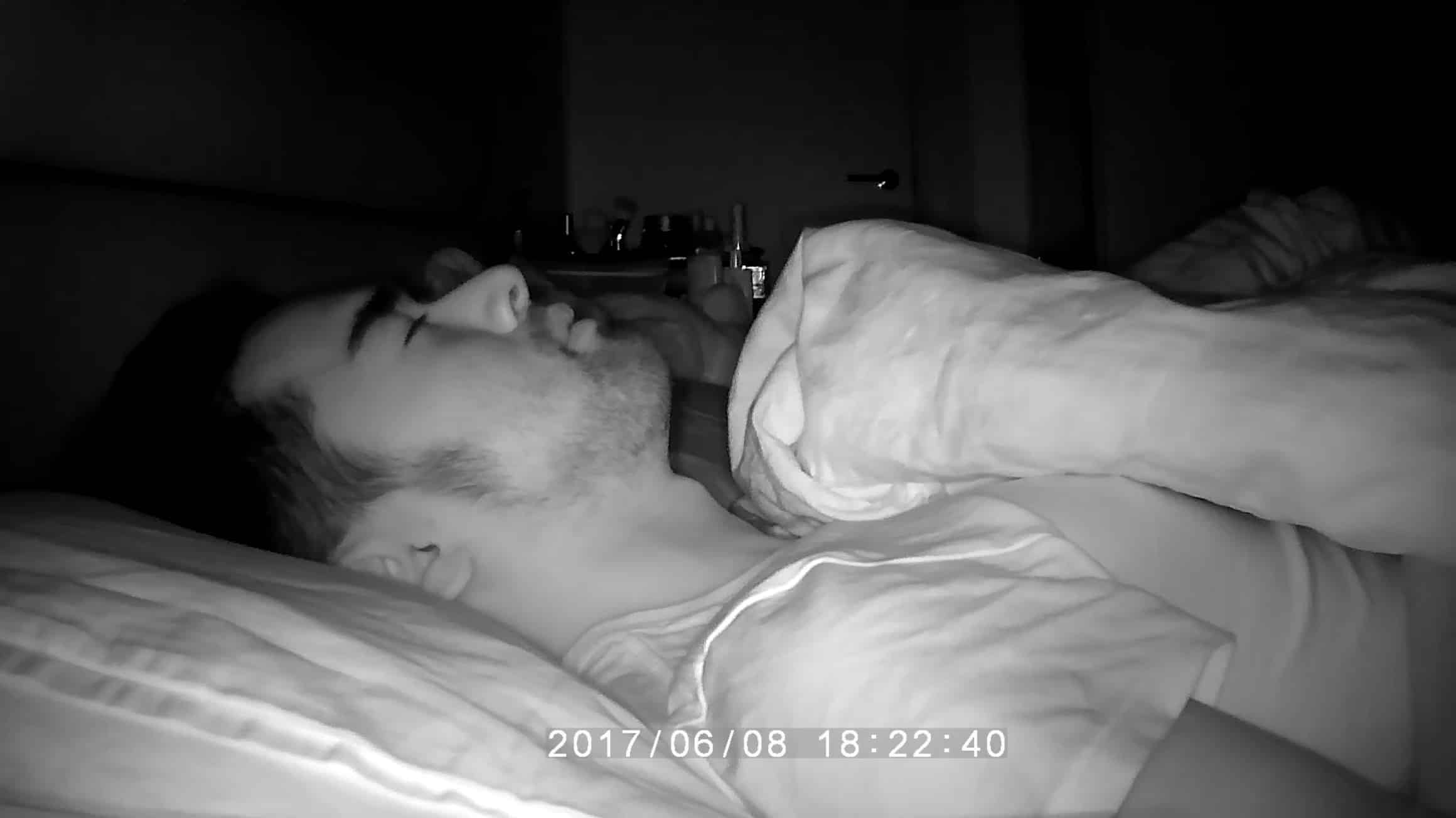
Im Juni 2017 richtete ich einen komplett dunklen Raum in meinem Haus ein und begann ein eintägiges Fasten ohne Sonnenlicht.
In einem Buch Neun Gewohnheiten des Glücks von David Leonhardt, schreibt er: "Durst lehrt uns, Wasser zu schätzen. Müdigkeit hilft uns, den Schlaf zu schätzen." Ich glaube an dieses Ritual: Die Dunkelheit lässt mich das Sonnenlicht schätzen.
Ich blieb 24 Stunden lang in dem Raum ohne Licht und Essen (aus Sicherheitsgründen hatte ich Wasser). Ich ertrug diese Entbehrungen und wartete auf den nächsten Tag, an dem ich mit einem ganzen Tag Sonnenlicht gegensteuern würde. Von der Morgendämmerung bis zur Abenddämmerung saugte ich das Sonnenlicht auf einem Dach im Zentrum Londons auf und spürte die herrliche Wirkung.
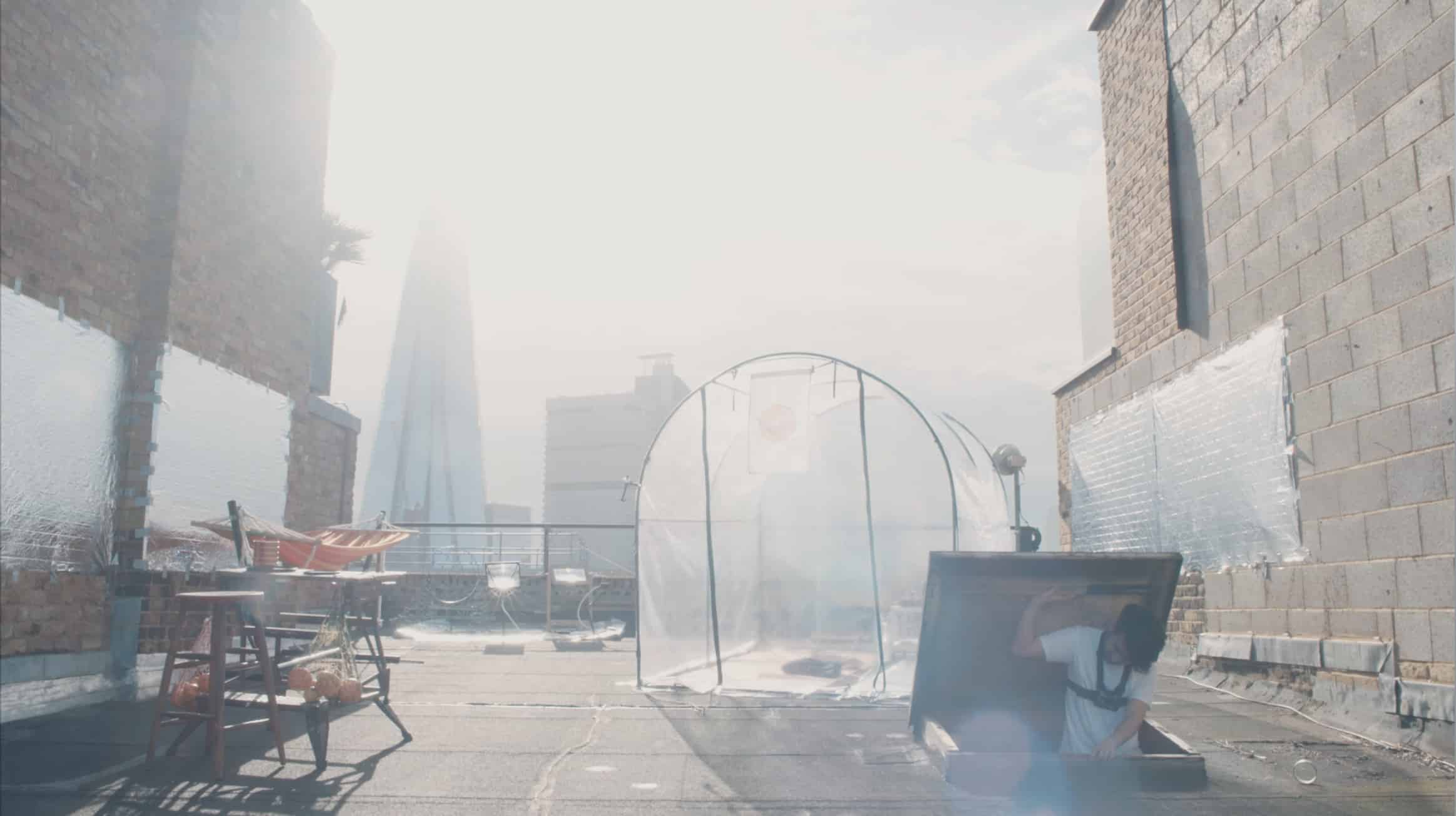
Nach neun Monaten voller Rituale, Prototypen und Design-Erfindungen fragte ich mich, ob ich mein Ziel erreicht hatte. Ob ich das Sonnenlicht wirklich besser verstanden habe. Die Antwort ist: Ich weiß es nicht. Aber während dieser ganzen Reise wurde mir immer wieder klar, was es bedeutet, mit dem Sonnenlicht zu leben, und warum ich immer nach dem echten Sonnenlicht suchen werde, wenn ich es finden kann.
Besuche Kotaro AbePortfolio hier.
